I am guessing most of us listen to music that we receive as a digital stream. We have decided that it is more convenient and possibly less expensive to stream the music we consume rather than purchasing music that we store. There is also the reality that with a paid streaming service we can listen to pretty much anything that suits our fancy rather than listen to what a free source sends to us.
There are multiple sources for streaming music. For years, I purchased music, downloaded it to my office or home computer and played it from one of these devices. I ripped my own CDs, purchased music through iTunes, and then from Amazon because their $10 per album was a little lower. My collection amounted to more than 5000 songs which amounts to a lot of money, but those who purchase music over many years have invested this much. Apple introduced a service called iTunes Match which allowed me for $24 to stream my songs from one Apple device to another. The advantage for this service is that you don’t have to store your entire collection of songs on each device you want to use to listen to your music. You can offload your music if you want. At this point, I don’t have a stored copy of all of this music because I no longer use the original machines.
I have used several paid streaming services, first Apple, then Amazon, and now Spotify. There may be small differences in the fees, but I eventually moved to Spotify because I wanted to diversify how I spend my money. All things being close to equal, I value maintaining competition especially if the options are Amazon and Apple.
If you follow tech news, you may have read that Apple wrote an open letter to music creators announcing that it was raising its per stream revenue returned to one cent per stream. Apple compared their return rate with the .003 to .006 return per stream of Spotify. This letter to the creatives was also published by the Wall Street Journal. This position challenged a different personal value. I believe online services must compensate content producers in one way or another. For example, I find ad blocking offensive – it may be a way to get back at online services people believe is stealing their personal information, but it also eliminates the revenue for those generating the content that is consumed.
I have been attempting to research the Apple vs. Spotify issue and the situation turns out to be more complicated than the 1 penny vs. a half-penny. There are multiple variables to consider. Streaming music now accounts for 83% of the income from recorded music. Spotify has 32% of the streaming market (Apple has 18%) and generates the largest return to rights holders generating $5 billion in 2020.
An important difference between Spotify and Apple is that Spotify offers an ad-supported option. This option is used by more active participants than the paid tier (199 vs. 155 million). The ad-based tier generates far less revenue (281 million vs. 1.89 billion euros in one comparison). Spotify simply generates less revenue per stream with more users.
Part of the decision content creators need to consider is whether there is benefit in the streams to those who are willing only to view ads. Without these users they would make less revenue unless some significant proportion of these users would become paid, ad-free users.
In evaluating the business model of these two companies it is also important to recognize that Apple has certain advantages. The Apple bundles iTunes as the default in all Apple products and those who use these devices pay a premium for their devices. There are certainly other options, with and without ads, for those wanting free access to music.


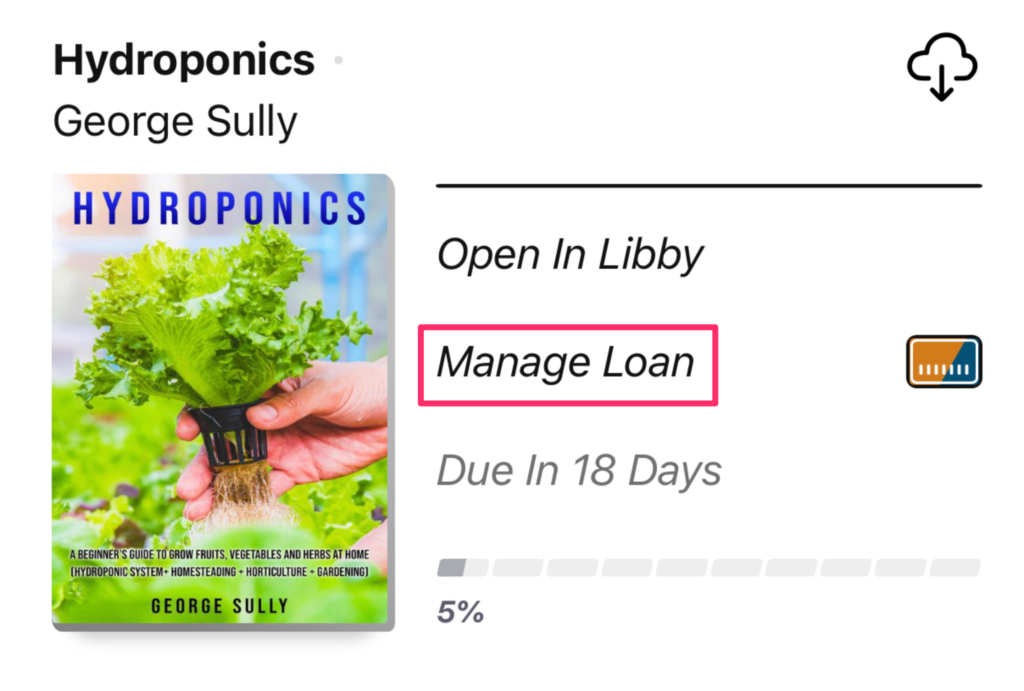
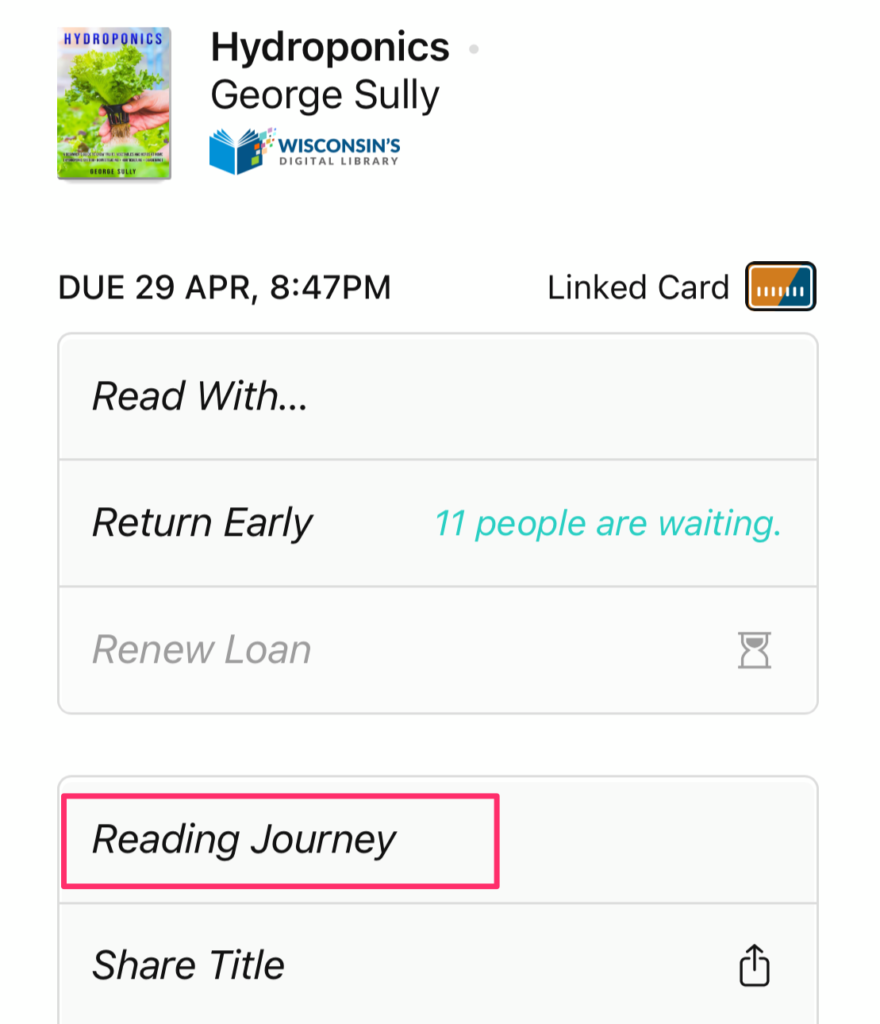
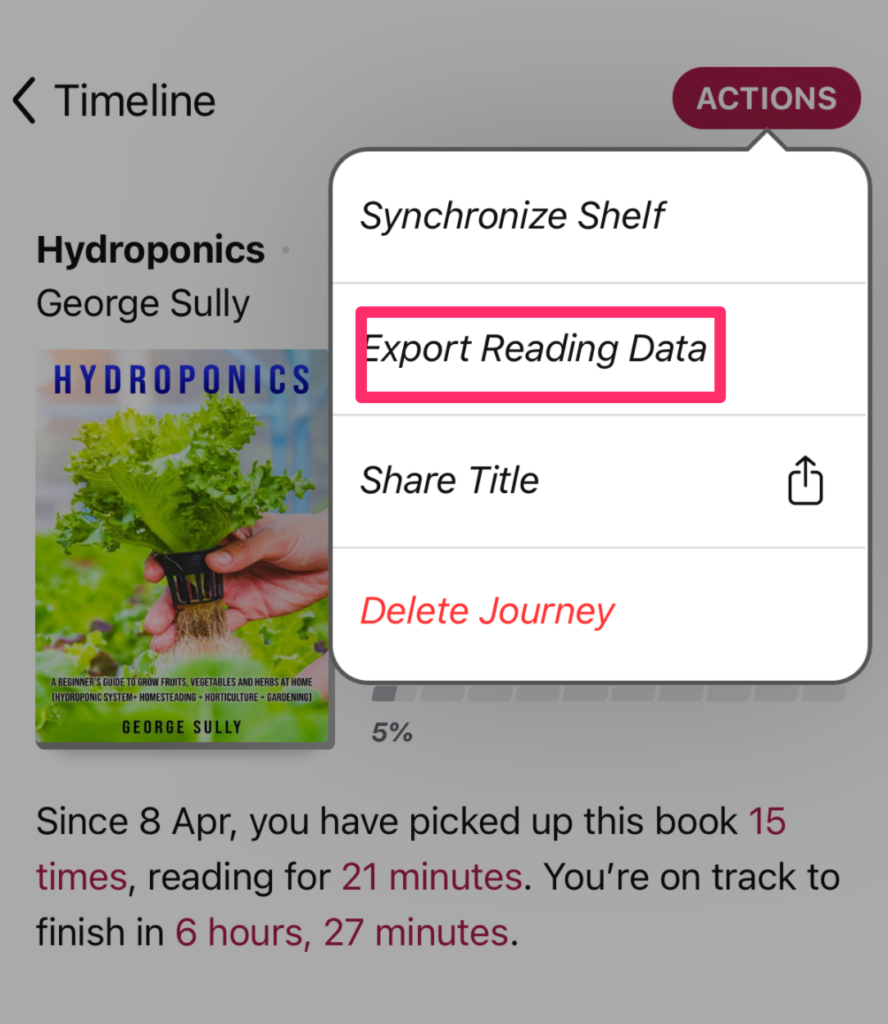
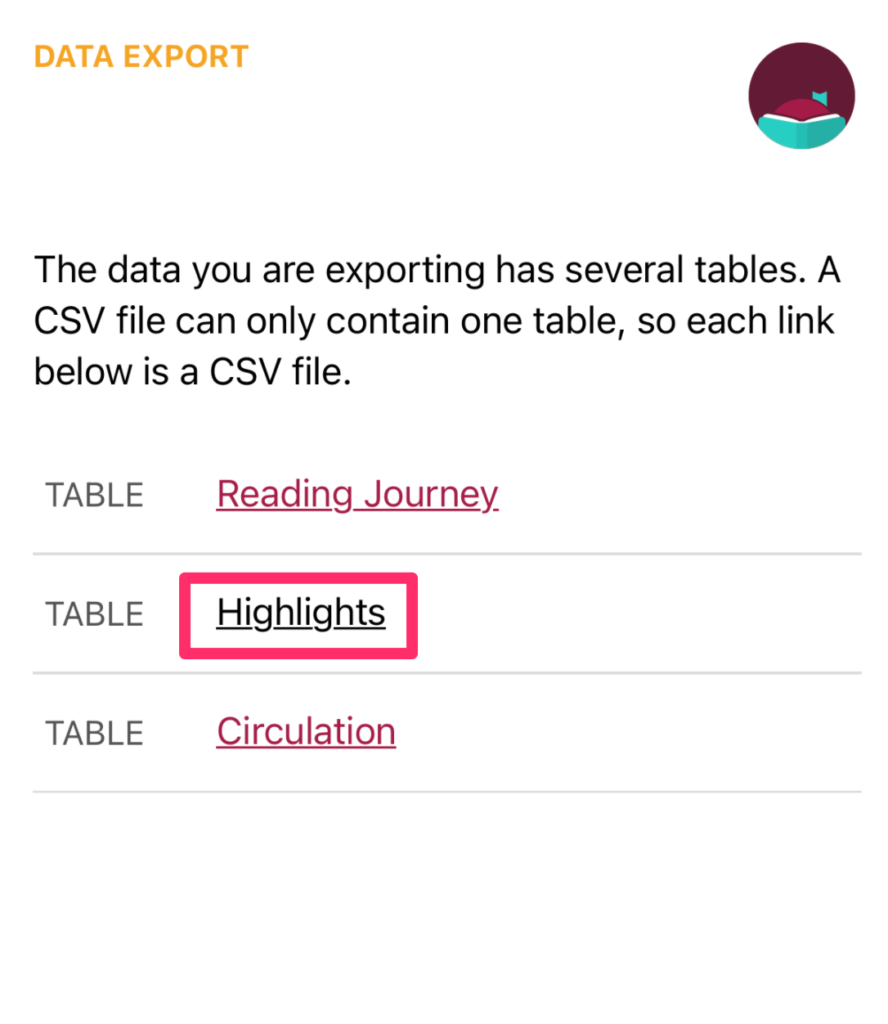
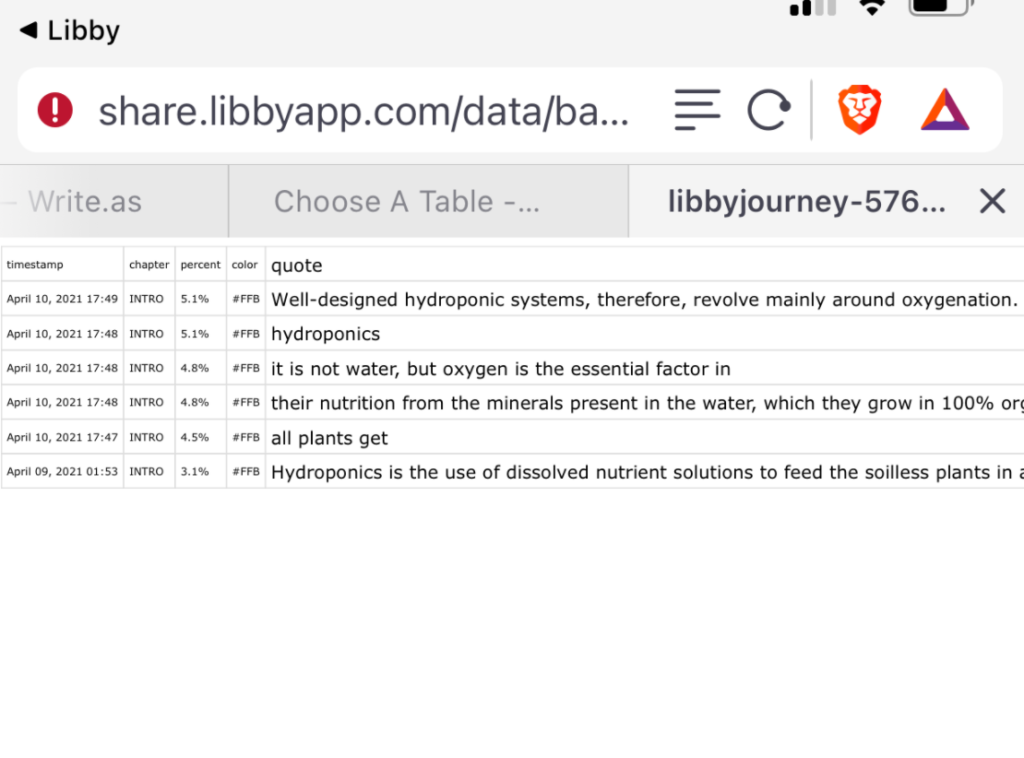
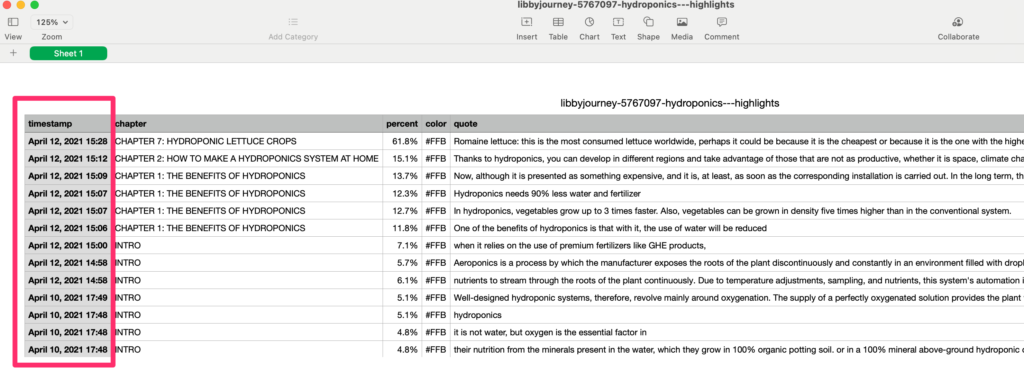
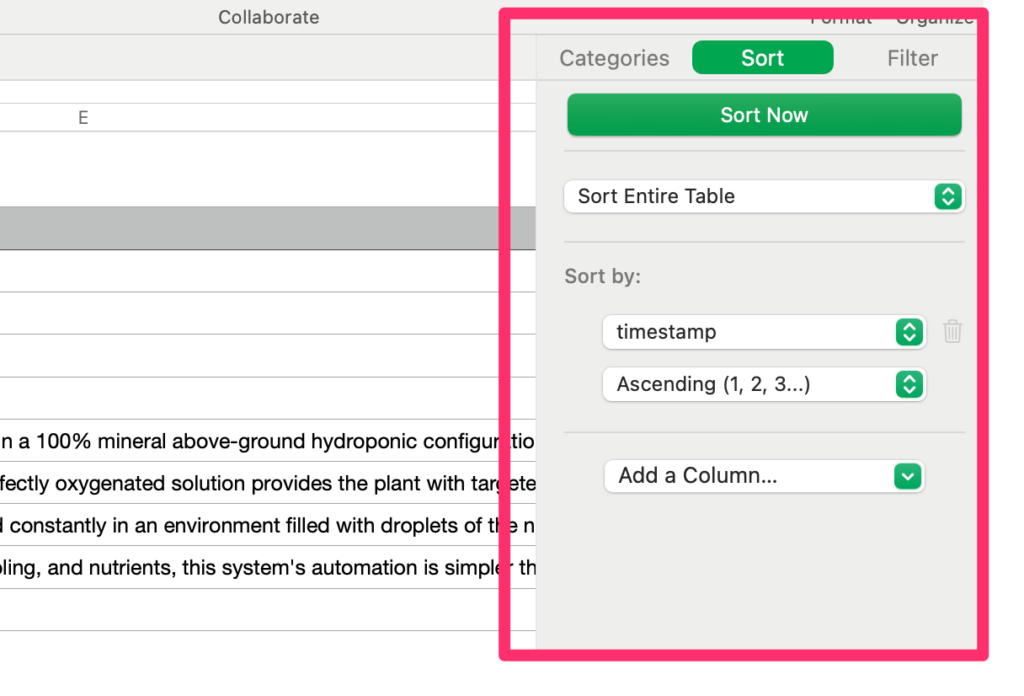



You must be logged in to post a comment.